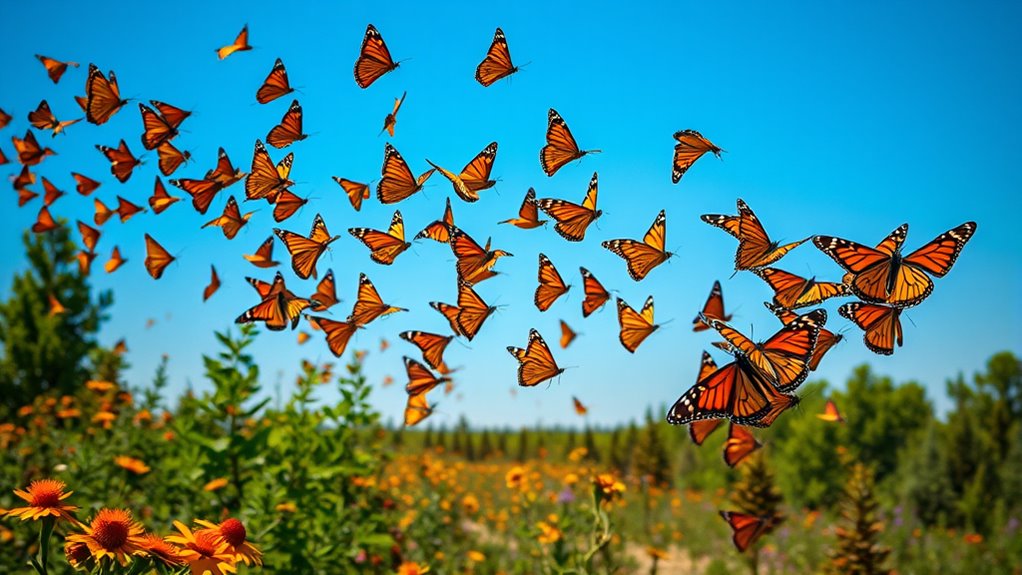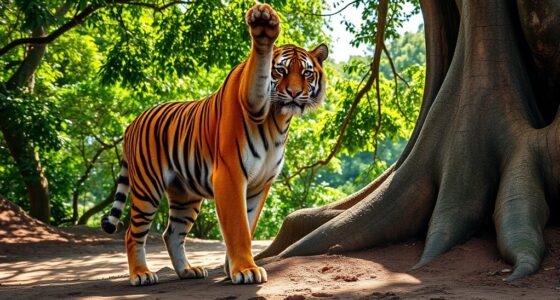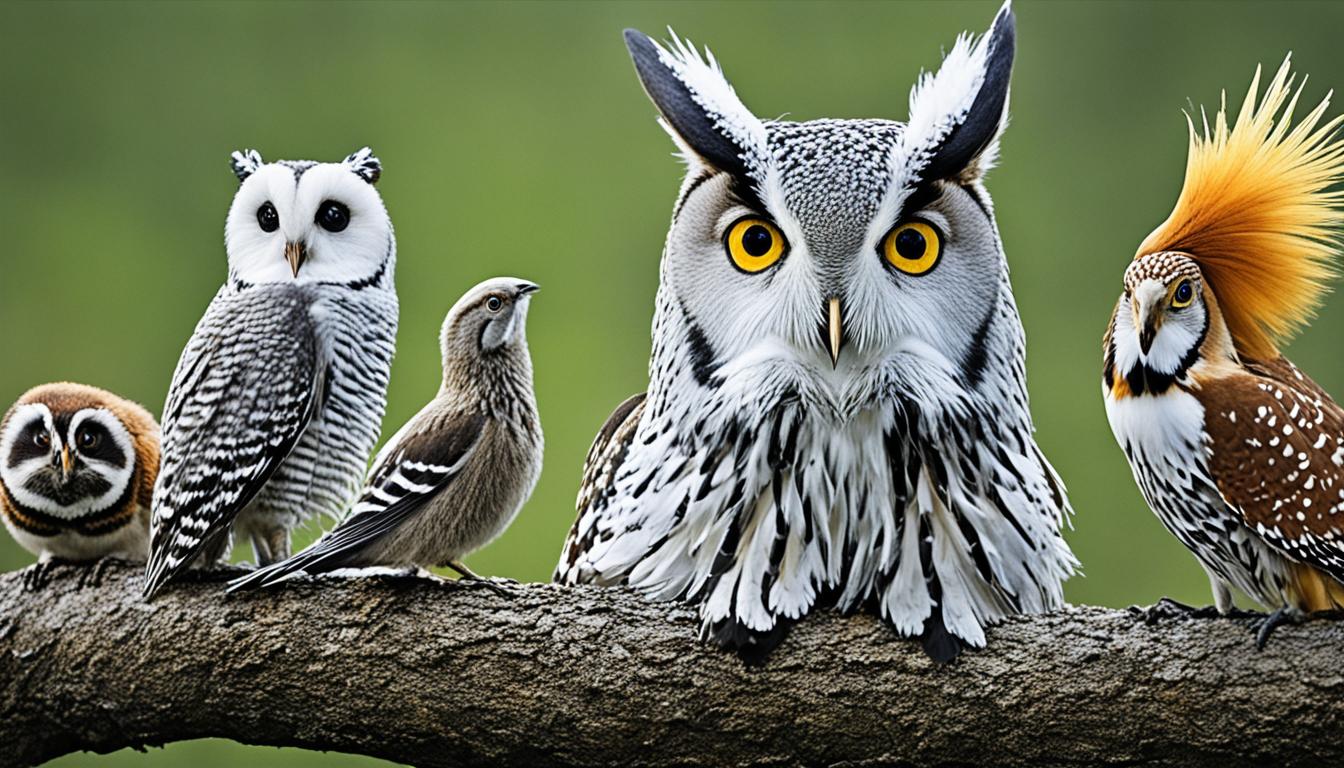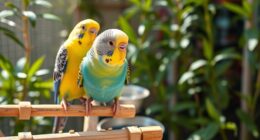Monarch butterflies migrate thousands of miles from North America to Mexico each year, guided by their innate instincts and the sun’s position. You’ll find them following a historic route, steering skillfully using Earth’s magnetic field. Along the way, they showcase bright colors to ward off predators. As they journey south, they rely on their evolved defense strategies and strong sense of direction. There’s so much more to discover about their remarkable migration journey.
Key Takeaways
- Monarch butterflies migrate thousands of miles from North America to Mexico each year, following ancestral routes.
- They navigate using innate abilities, such as the sun’s position and the Earth’s magnetic field.
- During migration, they rely on visual displays and bright coloration to deter predators.
- Monarchs have evolved to be toxic due to consuming milkweed, enhancing their survival during the journey.
- Their migration supports ecological interactions and contributes to the health of their ecosystems.
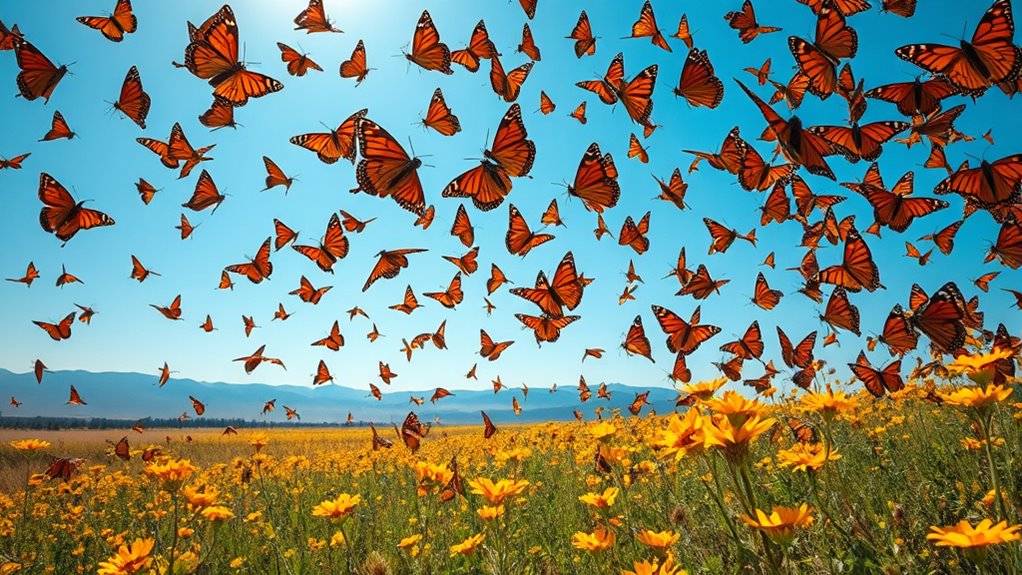
When you think about migration, it’s hard not to be captivated by the incredible journey of monarch butterflies. These delicate creatures set out on one of the longest migrations in the animal kingdom, traveling thousands of miles from their breeding grounds in North America to the warm, sunny sanctuaries in Mexico. As you follow their path, you’ll discover how their breeding behaviors influence this extraordinary trek and how they employ predation avoidance strategies along the way.
During the breeding season, monarchs seek out milkweed plants, which are essential for laying their eggs. This is where their breeding behaviors come into play. Female monarchs carefully choose milkweed species that provide the best nutrition for their larvae. Once they lay their eggs, the caterpillars hatch and begin to feed on the leaves. This connection between monarchs and milkweed is fundamental, as it guarantees that the next generation has the resources they need to thrive. You can see how this cycle sets the stage for their epic journey, as the caterpillars eventually pupate, transforming into butterflies that will continue the migration.
As these butterflies set out on their journey, they face a myriad of threats, and predation avoidance becomes essential. Predators like birds and spiders often prey on monarchs, but these butterflies have evolved remarkable strategies to escape danger. Their vibrant colors signal to potential predators that they’re toxic, a trait they acquire from consuming milkweed as caterpillars. If you’re ever lucky enough to spot a monarch, you might notice how they flutter gracefully, appearing to flaunt their colors. This display is more than just a beautiful sight; it’s a clever tactic to deter predators.
During migration, monarchs also rely on their innate ability to navigate using the sun and the Earth’s magnetic field, which adds another layer of intrigue to their journey. You can imagine them soaring through the sky, following the same route their ancestors took, avoiding threats along the way. It’s remarkable how these tiny creatures, weighing less than a paperclip, can undertake such an arduous journey each year. In addition to their remarkable navigation skills, these butterflies also create a distinctive ecosystem that further supports their survival and the well-being of other species.
Frequently Asked Questions
How Long Do Monarch Butterflies Live During Migration?
Monarch butterflies typically live for about six to eight months during migration. This lifespan allows them to travel thousands of miles from their breeding grounds to their wintering locations. The migration duration can last several weeks, depending on environmental conditions. You might be amazed at how these butterflies can survive such a long journey, relying on their natural instincts and the changing seasons to guide them along their remarkable path.
Do Monarch Butterflies Migrate Alone or in Groups?
Monarch butterflies usually migrate in groups, showcasing incredible group migration behavior. You’ll often see them traveling together, forming large clusters as they head south. However, it’s not unusual for some to engage in solitary travel, especially if they get separated from the group. Despite their preference for traveling together, each butterfly relies on its instincts, steering the journey alone when necessary. So, both group and solitary travel play roles in their migration.
What Do Monarch Butterflies Eat During Migration?
During migration, monarch butterflies primarily eat nectar from various flowers, which provides them with the energy they need for their long journey. Remarkably, a single butterfly can travel up to 3,000 miles! They rely on diverse nectar sources, such as milkweed and asters. While they feast on nectar, they also need host plants like milkweed to lay their eggs, ensuring the next generation can thrive as they continue their incredible migration.
How Do Weather Conditions Affect Their Migration?
Weather conditions considerably influence migration patterns for monarch butterflies. When temperatures drop or storms approach, you’ll notice these butterflies adjust their routes or delay their journey. Favorable weather, like sunny skies and mild winds, encourages them to travel longer distances. If it’s too windy or rainy, they might find shelter until conditions improve. Understanding how weather influences their migration can help you appreciate the challenges these remarkable creatures face during their journey.
Are There Any Predators During Their Migration Journey?
Yes, monarch butterflies face several predators during their migration, particularly birds. Did you know that around 80% of migrating butterflies can fall victim to these bird predators? As you observe them, consider that weather challenges also play a role in their survival. Harsh winds or rain can make them more vulnerable to predation. So, while you admire their journey, remember the many threats they encounter along the way.
Conclusion
In the grand tapestry of nature, monarch butterflies weave their incredible migration story, transforming the sky into a living canvas. As you marvel at their journey, remember that these delicate creatures inspire us to embrace our own adventures. They remind us that no matter the distance, the pull of home is a powerful compass. So, as you witness their flight, let it spark a sense of wanderlust within you—after all, life’s a journey waiting to be explored!
